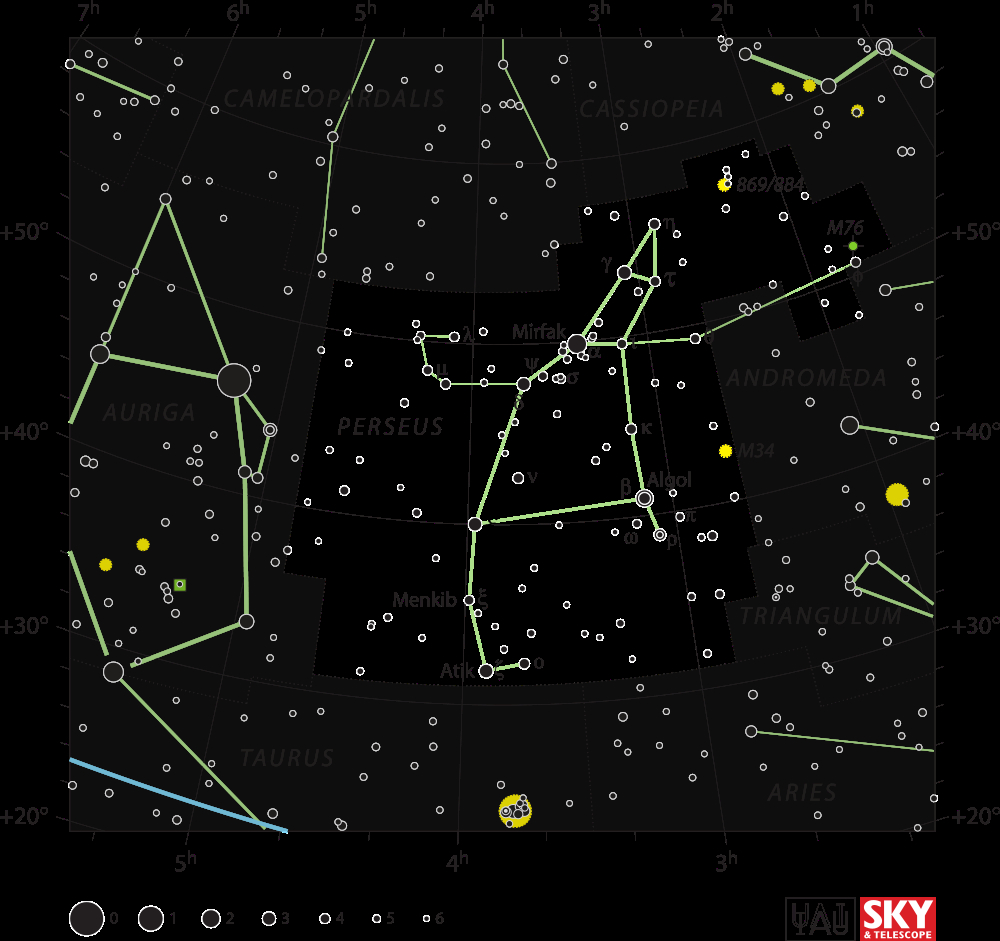
By IAU and Sky & Telescope magazine (Roger Sinnott & Rick Fienberg) [CC-BY-3.0], via Wikimedia Commons
"The Hero"

By IAU and Sky & Telescope magazine (Roger Sinnott & Rick Fienberg) [CC-BY-3.0], via Wikimedia Commons
Abbreviation: Per
Genitive: Persei
Constellation family: Perseus
Nearest constellations: Andromeda, Aries, Auriga,
Camelopardalis, Cassiopeia, Taurus, and Triangulum
Right ascension: 3.71h
Declination: 41.77°
Visible between latitudes: +90° and -35°
Square degrees: 615
Luminary: Mirfak (Alpha Persei)
Named stars: Mirfak, Menkib, Algol, Adid Australis, Adid Borealis, Atik, Gorgonea Secunda, Gorgonea Tertia, Gorgonea Quarta
Notable deep sky objects: M34, M76 (the Little Dumbbell, Cork, Butterfly, or Barbell Nebula), NGC 1260, NGC 1333, NGC 1499 (the California Nebula), the Double Cluster
Perseus is a constellation located in the Northern Hemisphere that is visible during December. It is home to the Perseid meteor shower which peaks around August 9-13 and can produce up to 60-100 meteors per hour.
In 2006, Perseus became the location of the largest supernova on record when a star 100-200 times more massive than the Sun exploded. The supernova took place in galaxy NGC 1260, around 240 million light years away.
In Greek mythology, Perseus represents a hero who was the son of Zeus and the mortal woman Danaë, daughter of Acrisius. Acrisius heard a prophecy that claimed he would be killed by the son of Danaë, so he locked her inside a tower to ensure she would never bear a child. Zeus, however, circumvented her imprisonment by turning himself into a shower of gold rain that could enter the tower. When Perseus was born, Acrisius put the mother and son on a boat and sent them out to sea.

By Johannes Hevelius, scanned by Torsten Bronger 2003 April 4 [Public domain], via Wikimedia Commons
The two drifted until they reached Seriphos and were taken in by the king of Seriphos, Polydectes, who raised Perseus to adulthood. Polydectes fell in love with Danaë and wanted to marry her, but Perseus was opposed to the marriage. To eliminate him, Polydectes told Perseus he would be marrying a woman other than Danaë and requested the head of Medusa as a wedding gift. Medusa was a woman who had been turned into a monster by Athena after she and Poseidon had an affair in one of Athena's temples; if anyone looked at her directly, they would be turned to stone. Polydectes assumed that Perseus would die in the attempt to bring back her head.
Perseus accepted the task of killing Medusa. With the aid of Athena and Hermes, he found Medusa and used Athena's shield to look at the monster's reflection instead of her face. Using the shield as a mirror and a guide for his sword, he cut off her head. From her head was born Pegasus, a winged horse, and Perseus started to travel back home on the horse's back.
On his way home, however, he saw Andromeda chained to a rock along the coast of Ethiopia. Her mother, Cassiopeia, had boasted that she was more beautiful than the sea nymphs, the Nereids, thereby angering the sea god Poseidon. Andromeda's parents were told the only way to stop Poseidon was to sacrifice their daughter to Poseidon's sea monster Cetus, and so Andromeda was presented to Cetus in chains. However, Perseus fell in love with Andromeda on the spot and killed the monster before it could take her. Afterwards, the two were married.
Some time later, despite the distance between them, Perseus and Acrisius ended up at the same funeral games. Perseus threw a discus that accidentally hit and killed Acrisius, fulfilling the original prophecy that Danaë's son would be the cause of Acrisius' death.
NGC 1275 (galaxy):
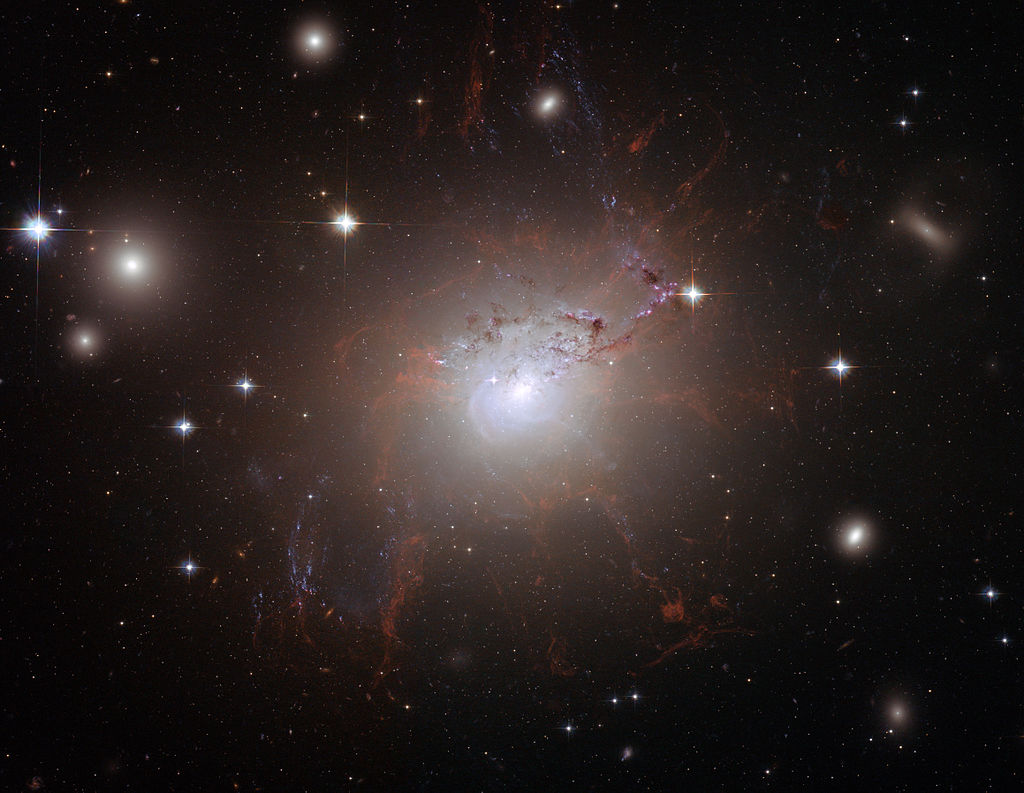
By NASA, ESA, and the Hubble Heritage (STScI/AURA)-ESA/Hubble Collaboration [Public domain], via Wikimedia Commons
NGC 1333 (reflection nebula):
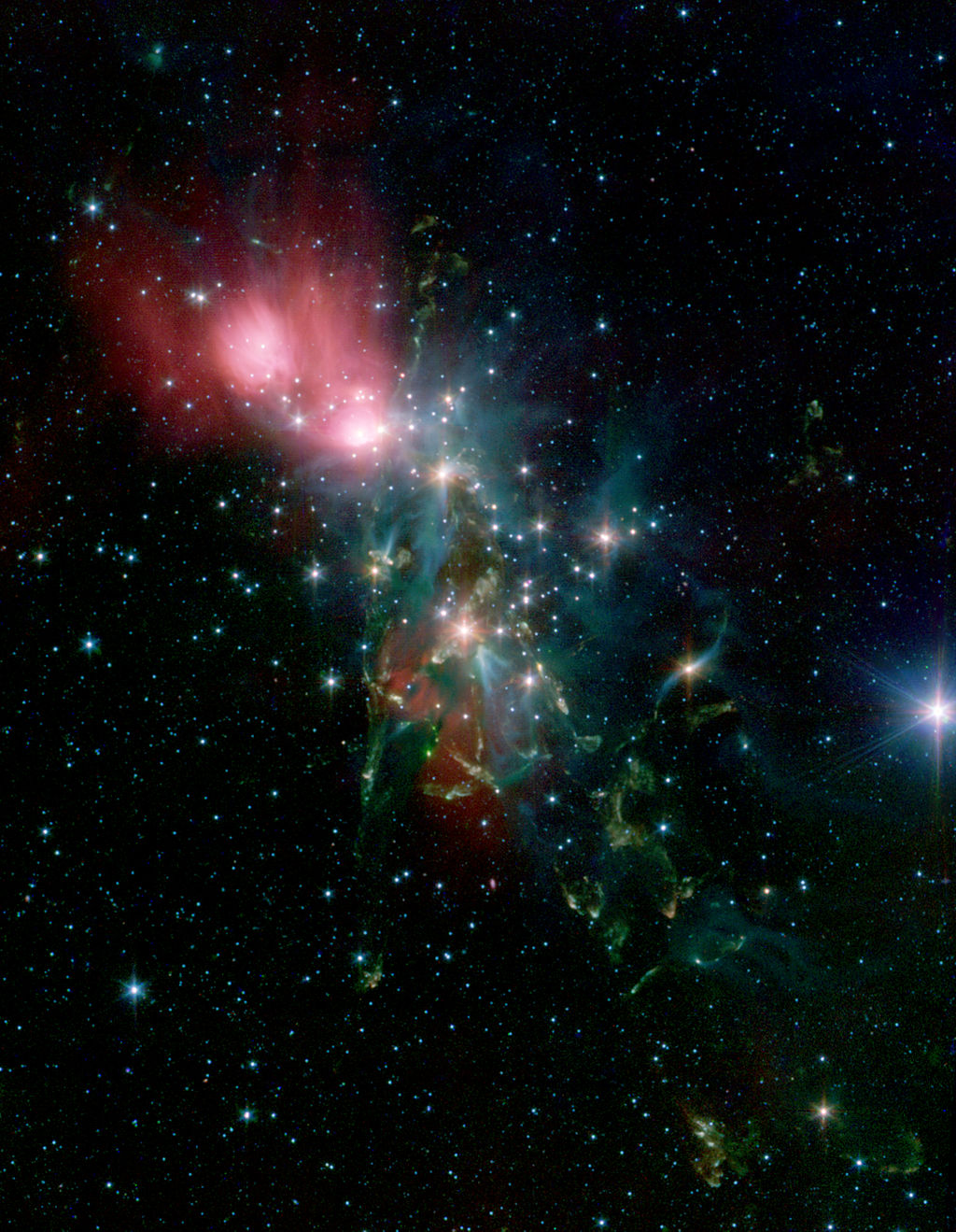
By R. A. Gutermuth (Harvard-Smithsonian CfA) et al., JPL-Caltech, NASA [Public domain], via Wikimedia Commons
M76 (the Little Dumbbell Nebula, also called the Little Cork, Butterfly, or Barbell Nebula):

By Adam Block/Mount Lemmon SkyCenter/University of Arizona [CC-BY-SA-3.0-us], via Wikimedia Commons
A young star (SSTC2D J033038.2+303212), a reflection nebula ([B77] 63), and a dark nebula (Dobashi 4173):
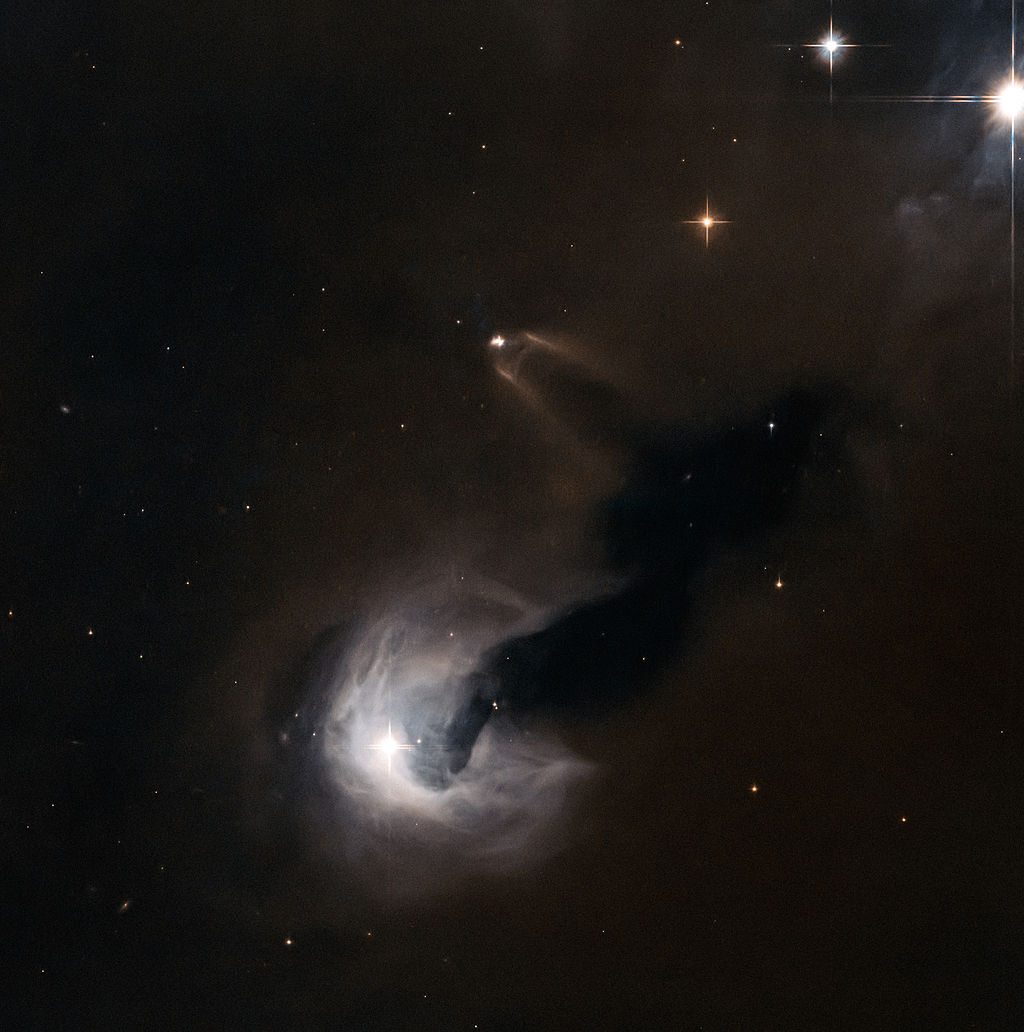
By ESA/Hubble & NASA [CC-BY-3.0], via Wikimedia Commons
The Double Cluster:
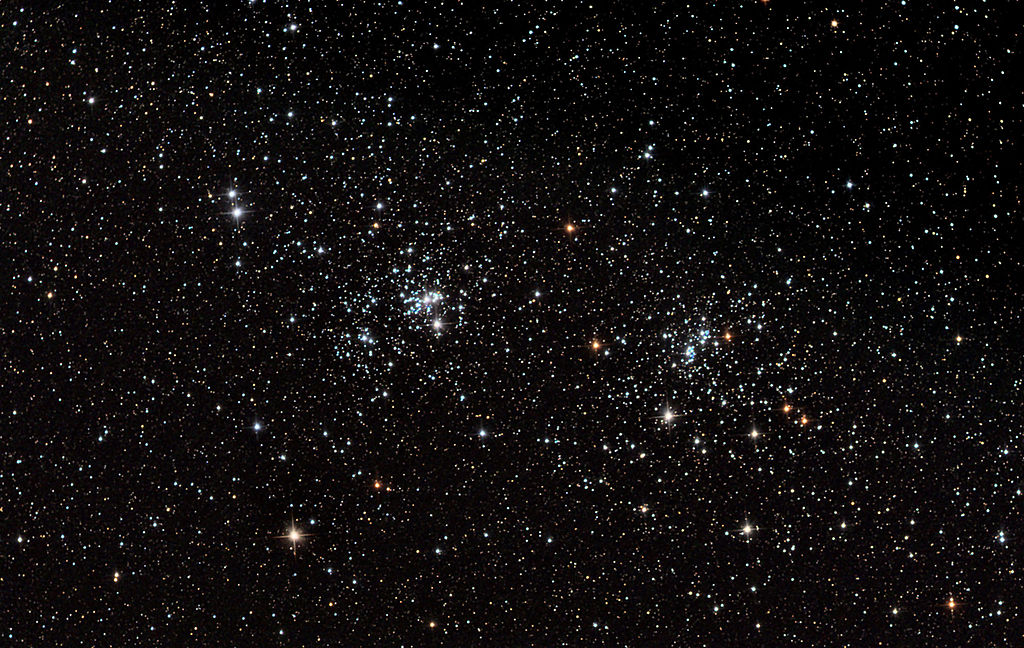
By Rawastrodata [CC-BY-SA-3.0], via Wikimedia Commons